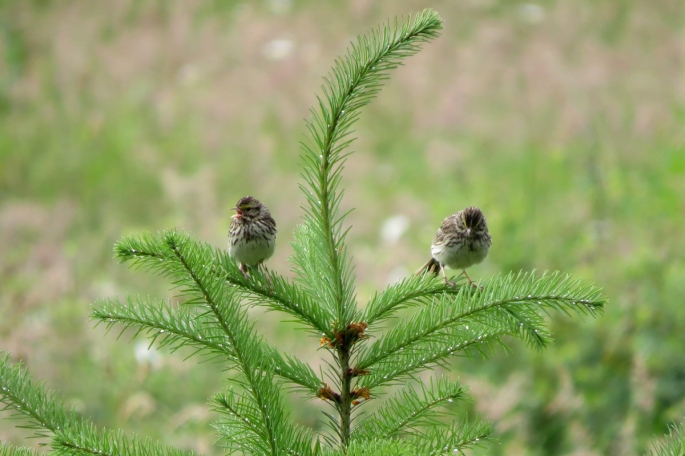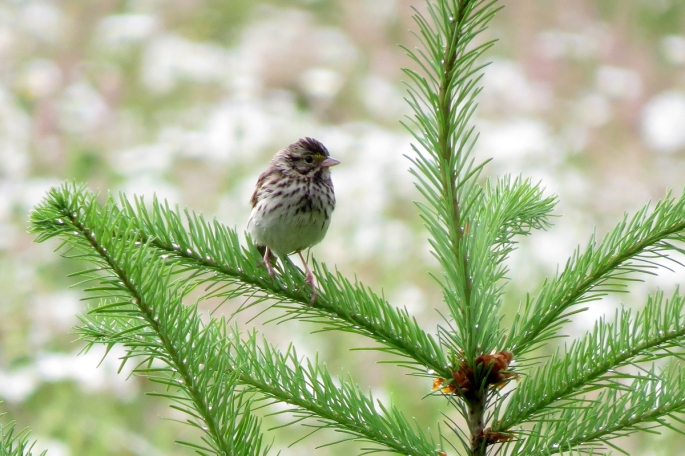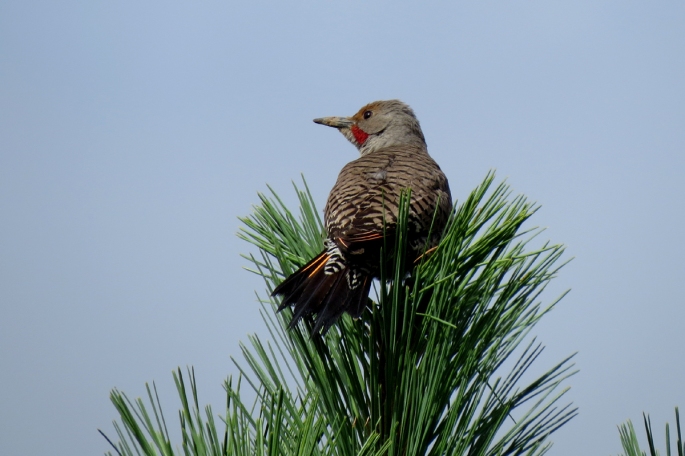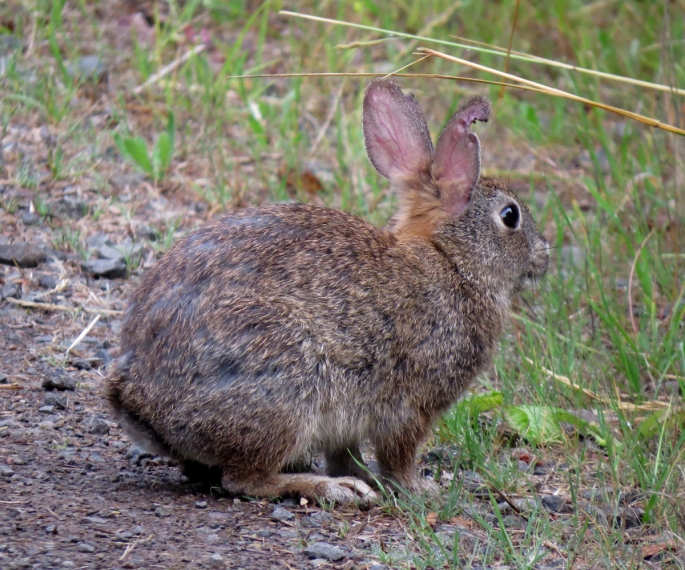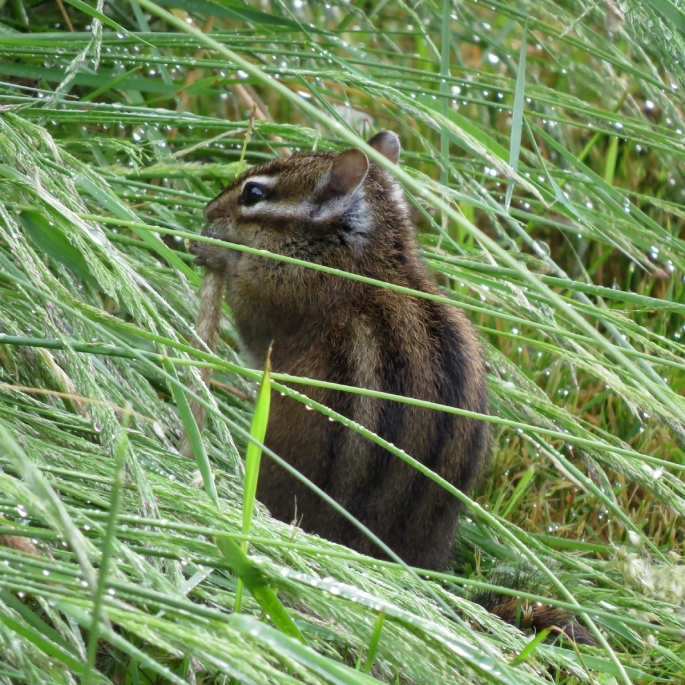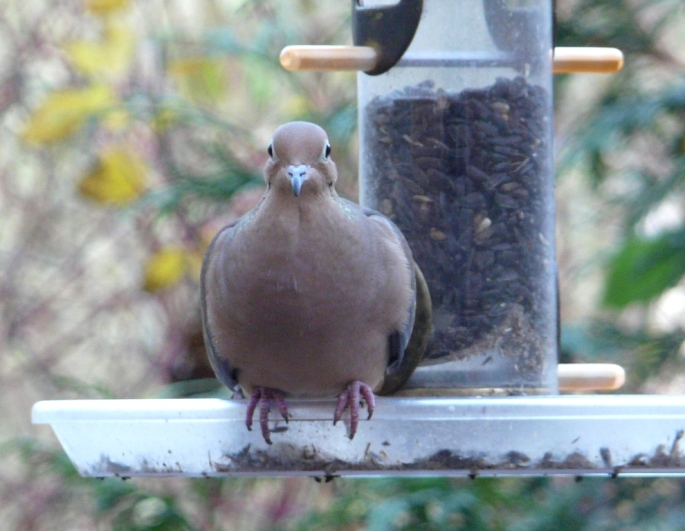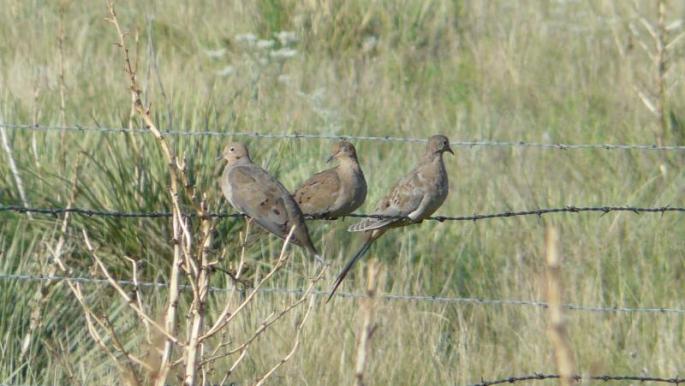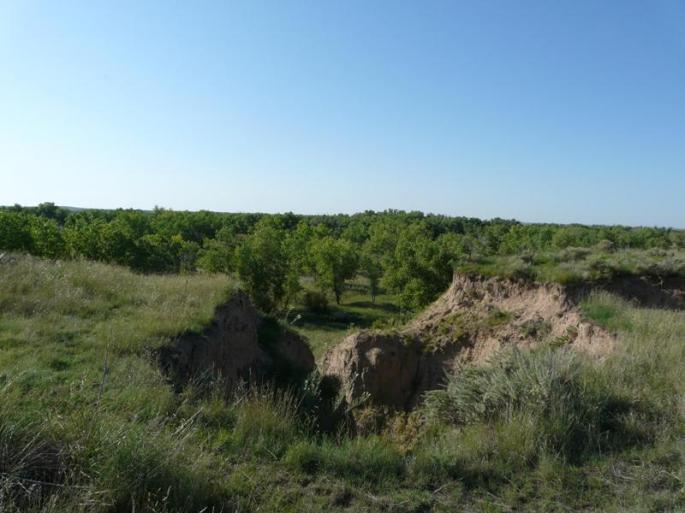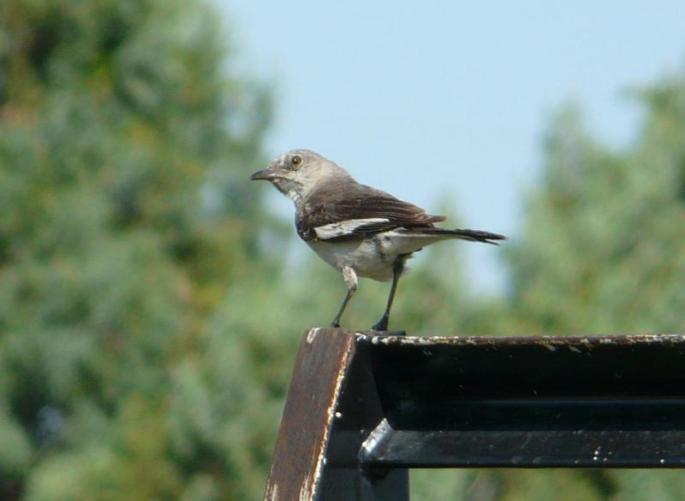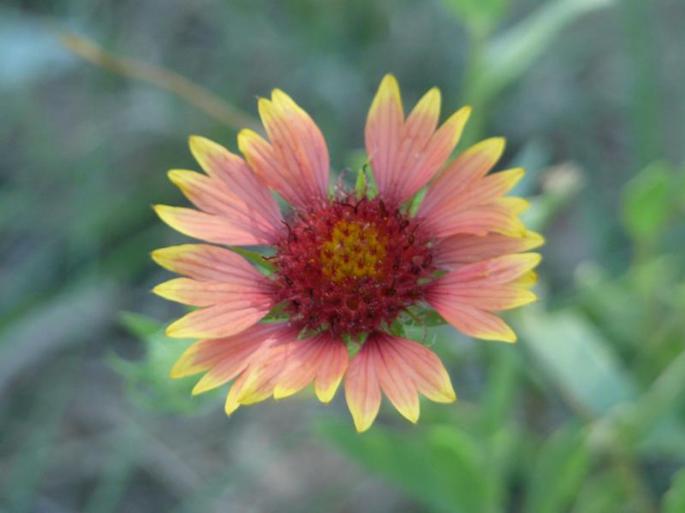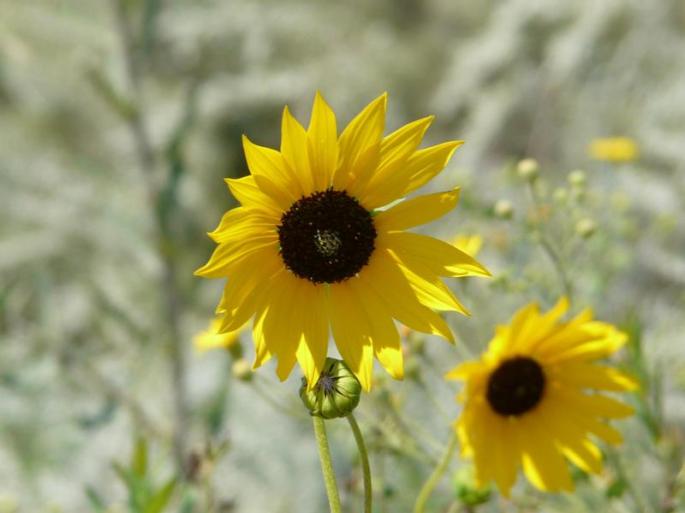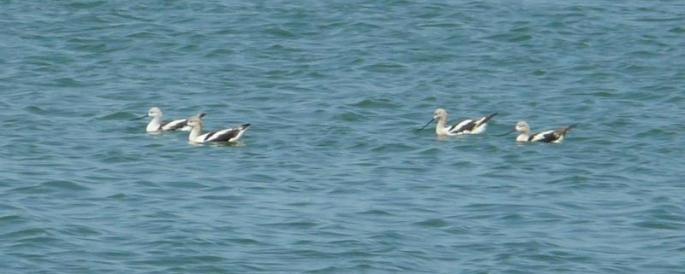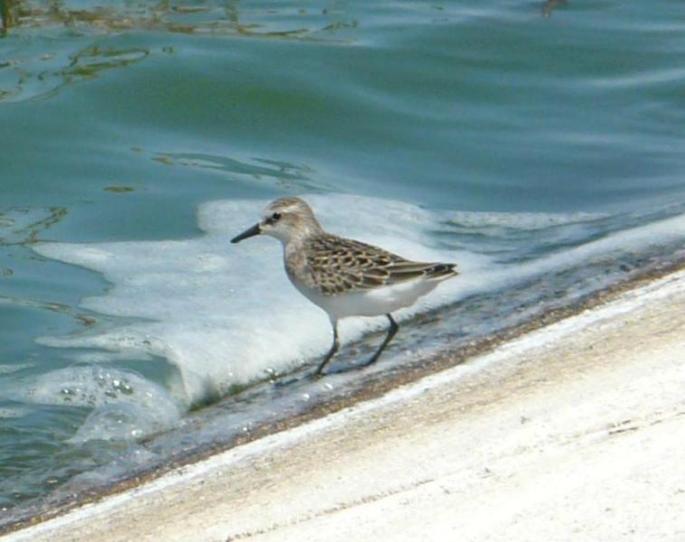Record-setting heat and cloudless days are not the best conditions for birding or photography, but here we are. It is sometimes hard to motivate oneself to get outside when the weather is so harsh, but there is always something to see. So here are some images from a warm walk around Fernhill Wetlands.
 Black-headed Grosbeaks are one of our more attractive summer residents.
Black-headed Grosbeaks are one of our more attractive summer residents.
 Lots of babies have already fledged. Here a Red-winged Blackbird is being harassed by a hungry youngster.
Lots of babies have already fledged. Here a Red-winged Blackbird is being harassed by a hungry youngster.
 It has been such a delight to have an active Purple Martin colony at Fernhill the past few years.
It has been such a delight to have an active Purple Martin colony at Fernhill the past few years.
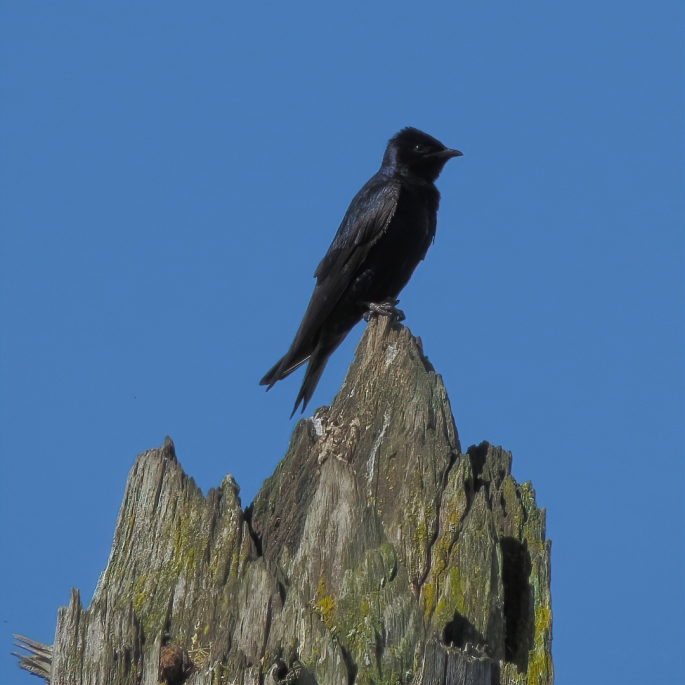 Purple Martin on an unclouded day
Purple Martin on an unclouded day
 Ospreys were soaring high over Fernhill Lake. I didn’t see any dive for fish while I was there.
Ospreys were soaring high over Fernhill Lake. I didn’t see any dive for fish while I was there.
 The ducks have started their summer molt, but the Pied-billed Grebes are still looking dapper.
The ducks have started their summer molt, but the Pied-billed Grebes are still looking dapper.
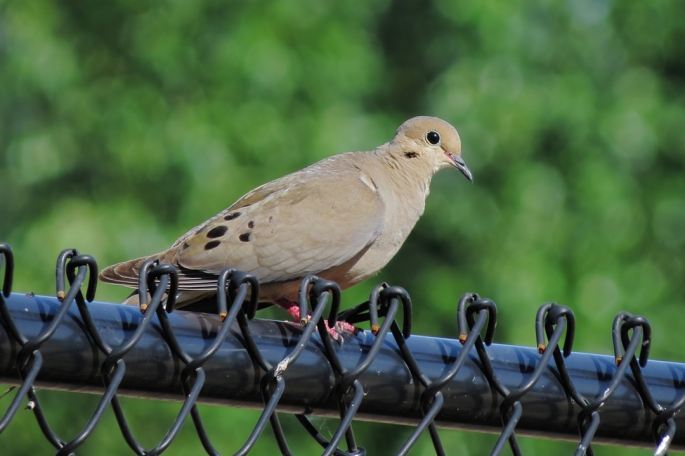 A lovely Mourning Dove on an ugly fence
A lovely Mourning Dove on an ugly fence
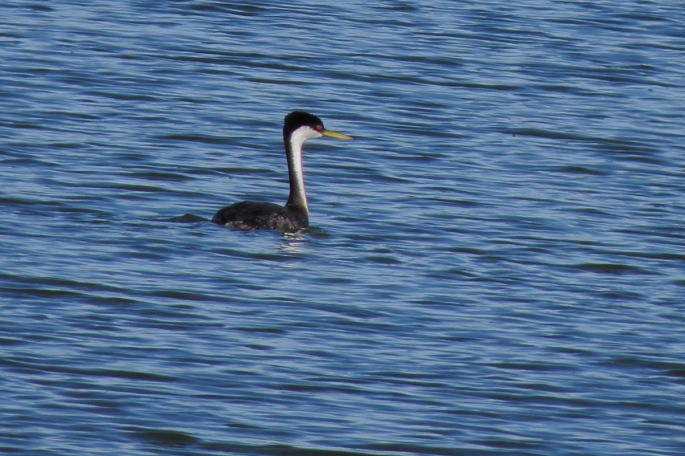 The most unusual bird of the day was this Western Grebe. They are frequent winter visitors here, but they do not nest anywhere nearby.
The most unusual bird of the day was this Western Grebe. They are frequent winter visitors here, but they do not nest anywhere nearby.
Southbound shorebird migration has already begun, so expect them to show up soon.
Happy Summer




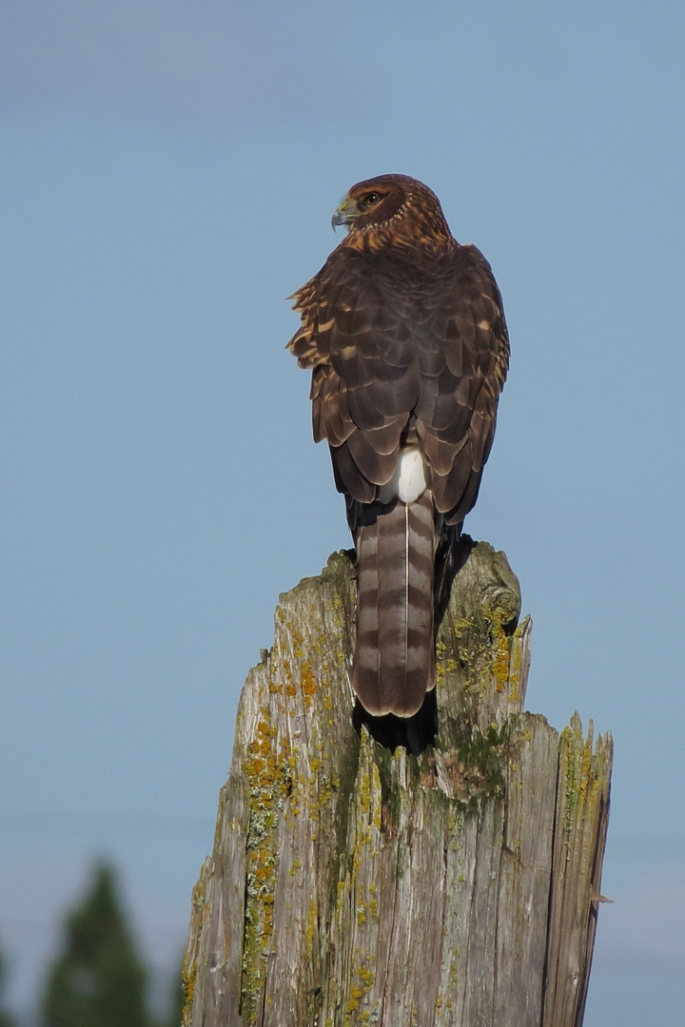
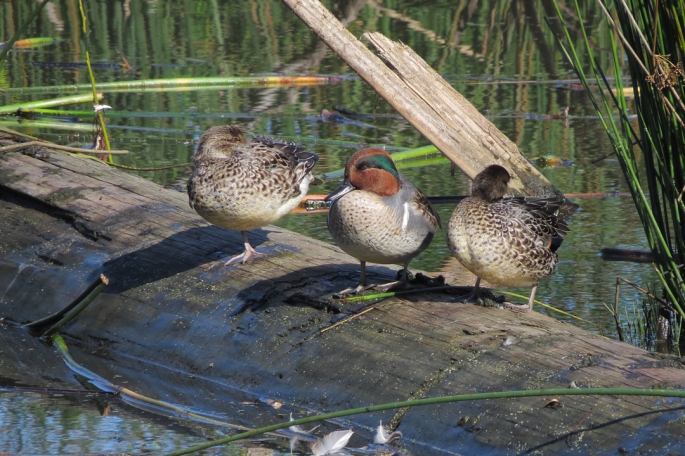

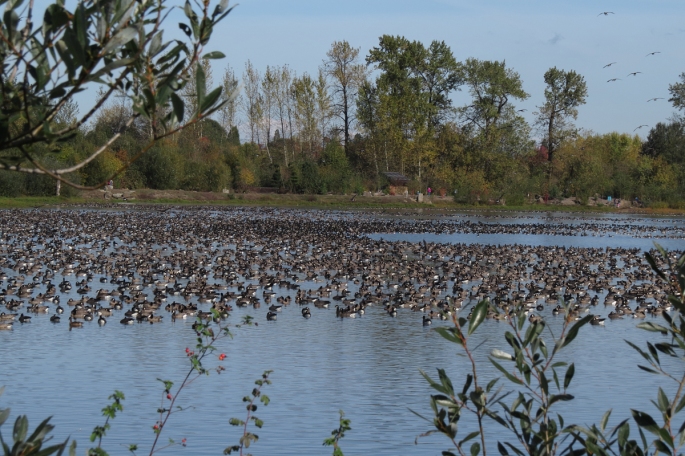



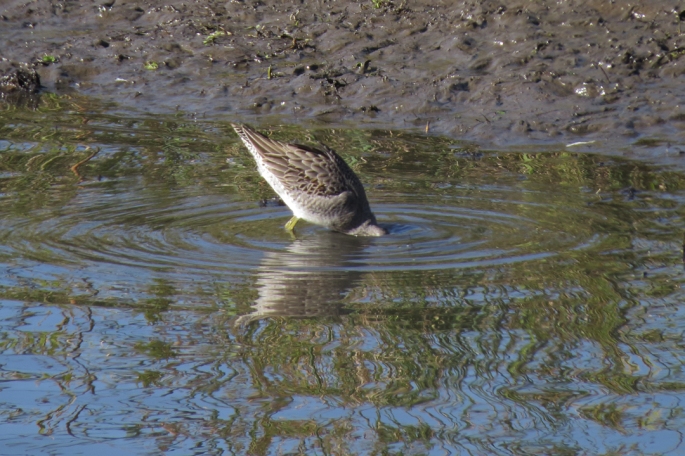
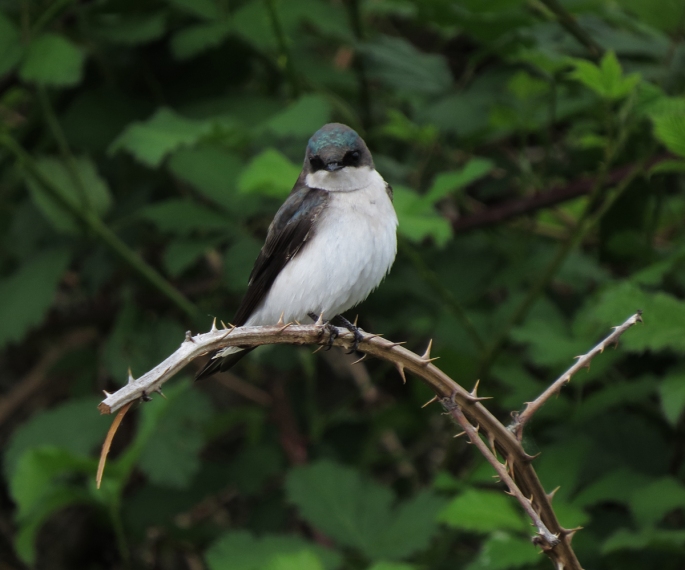

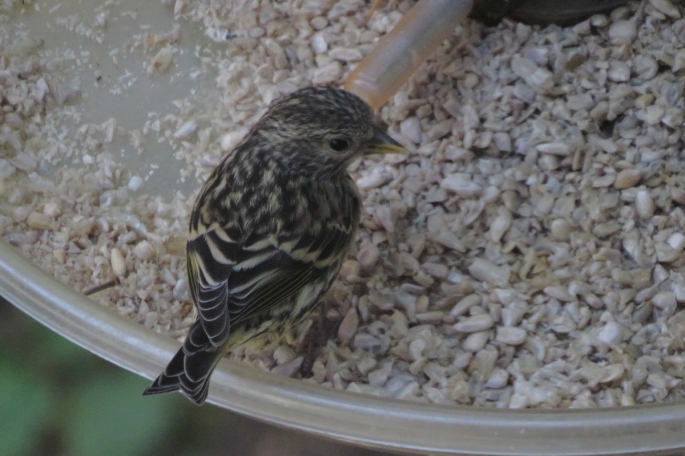
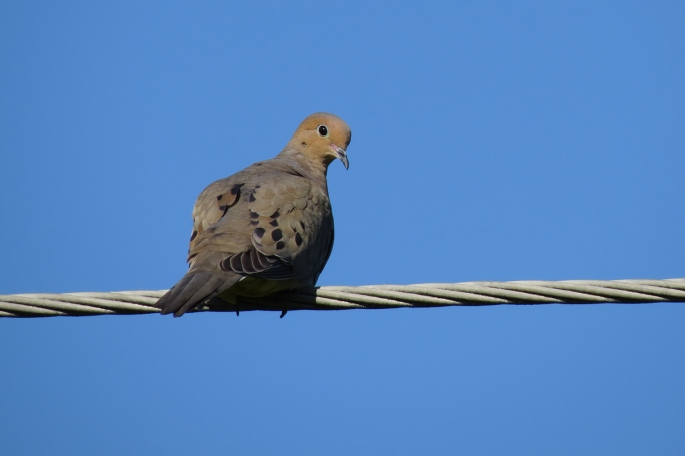
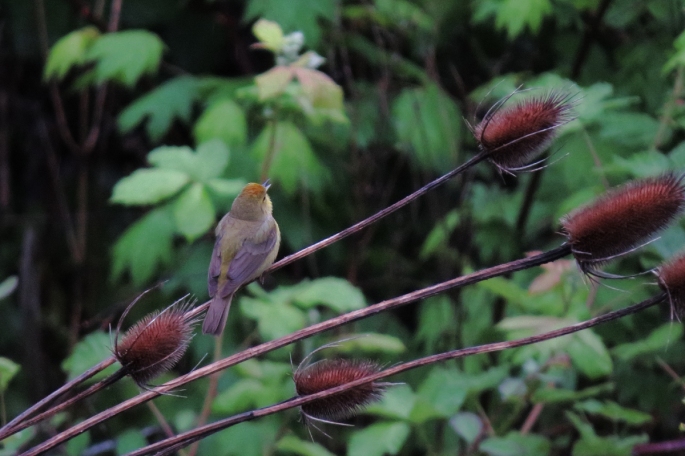
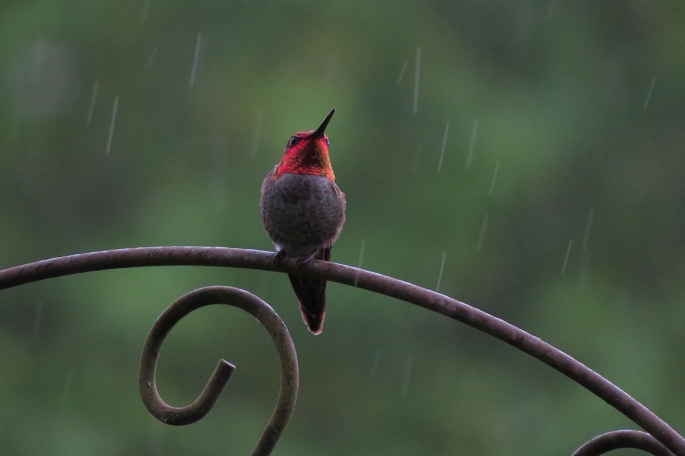

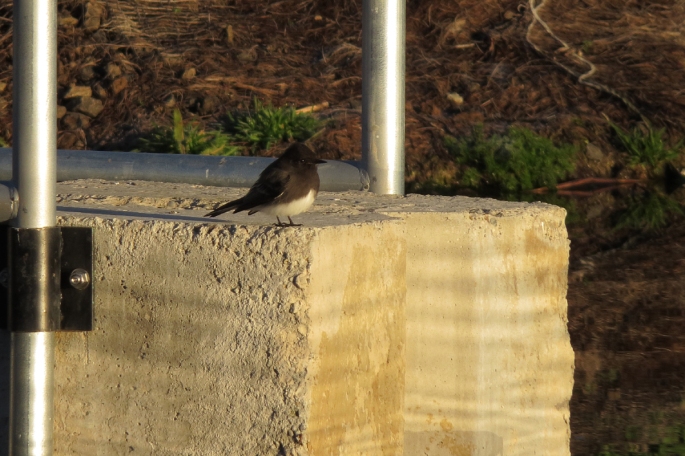
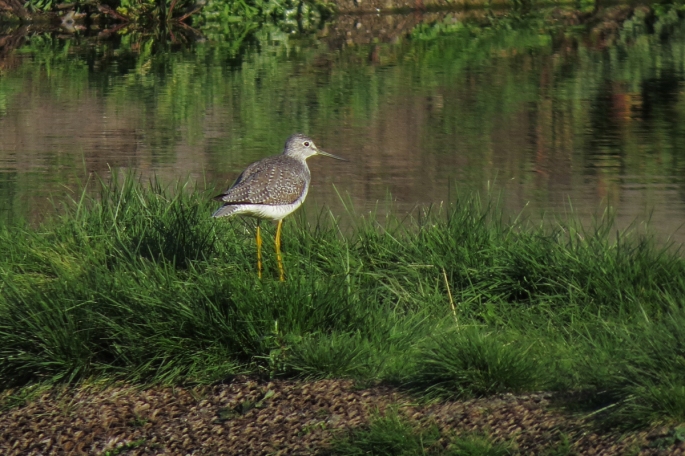
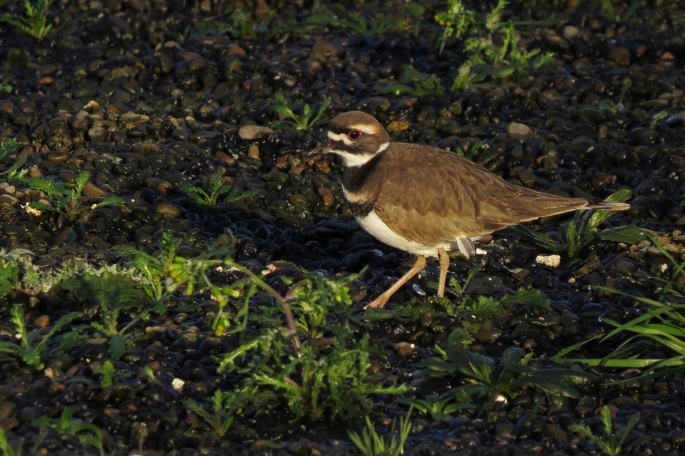
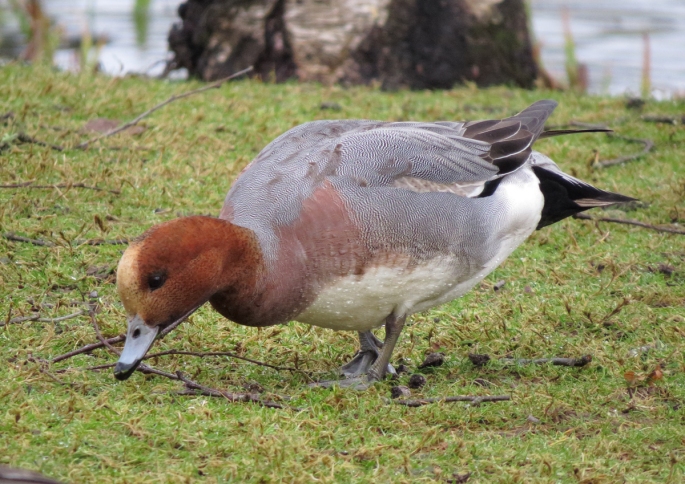
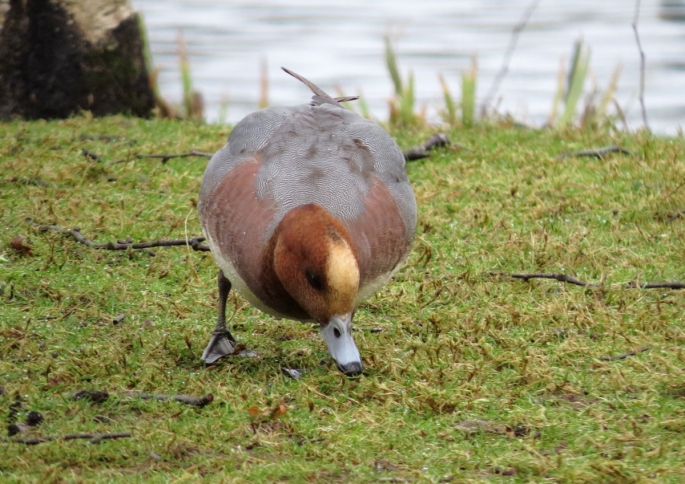


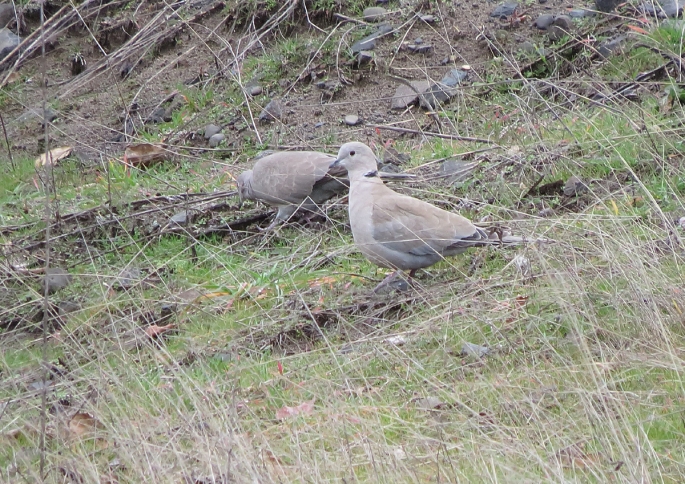
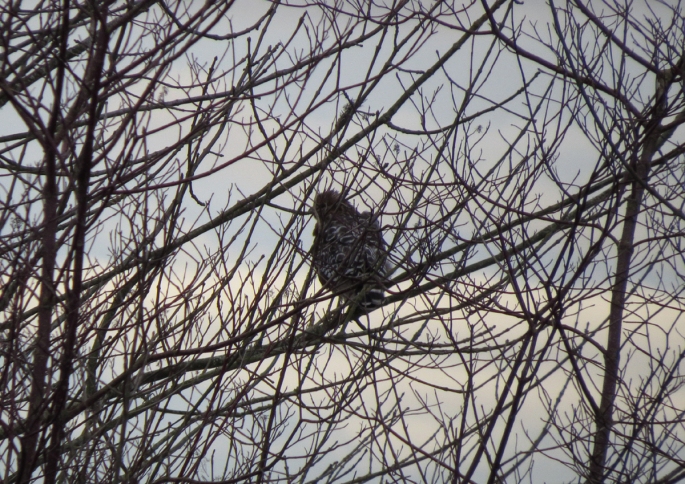
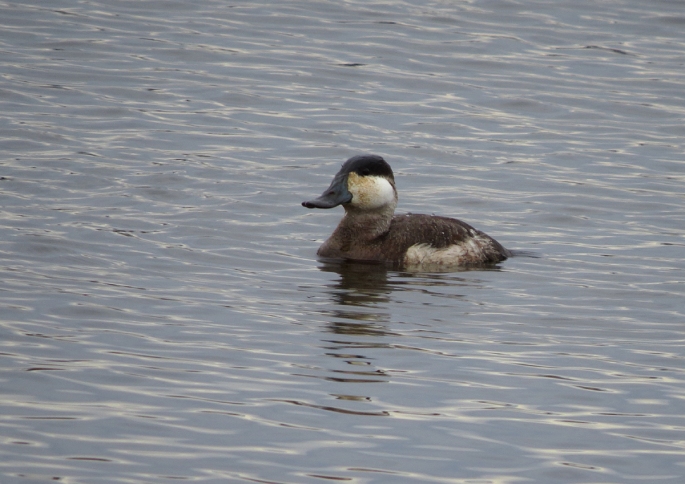
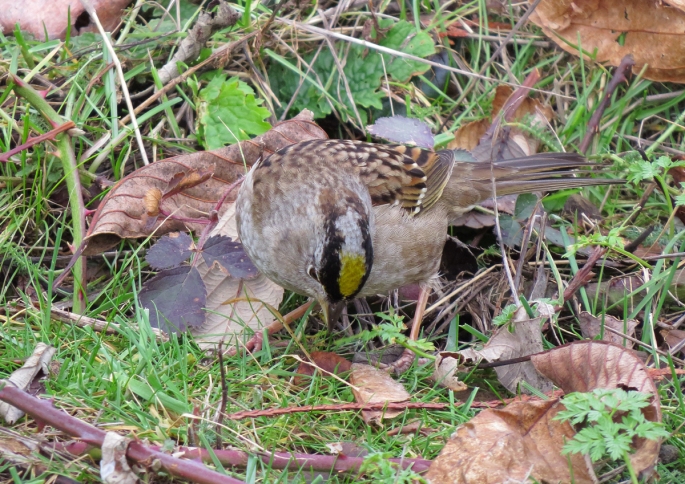

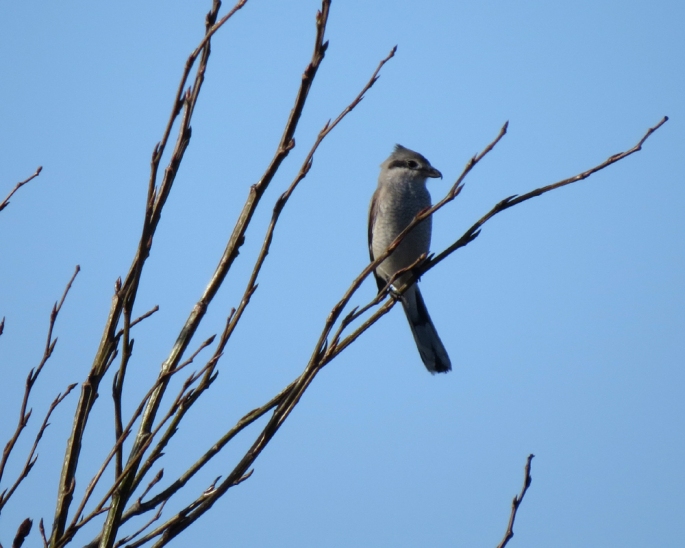

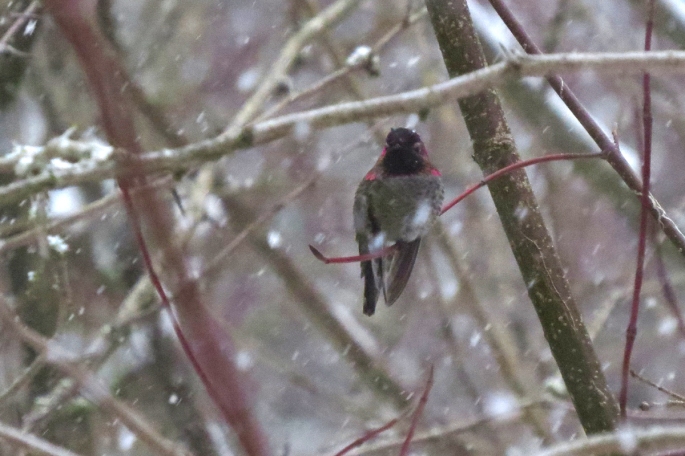
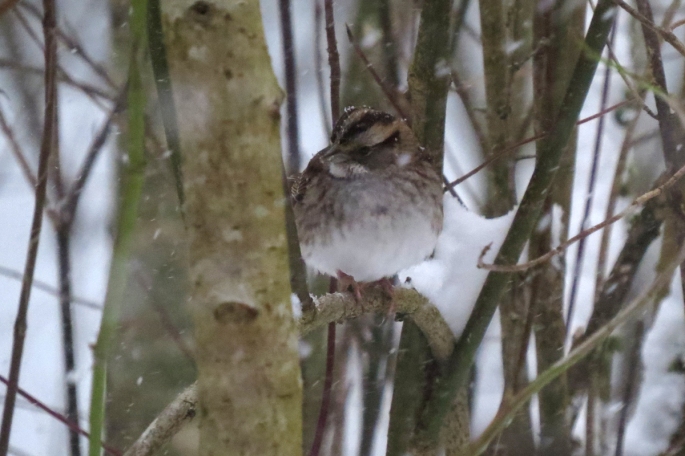


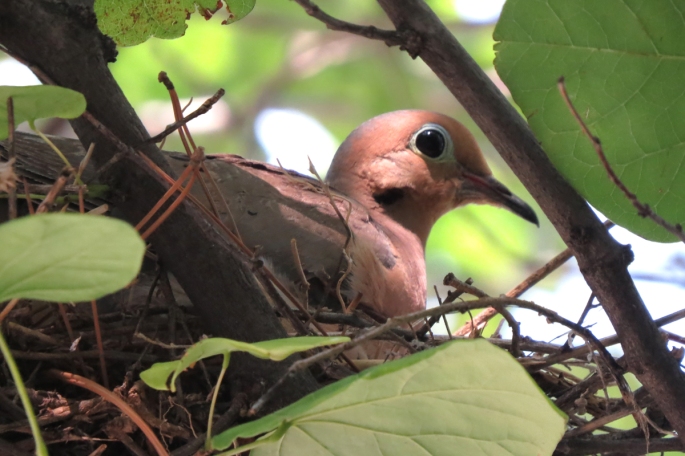

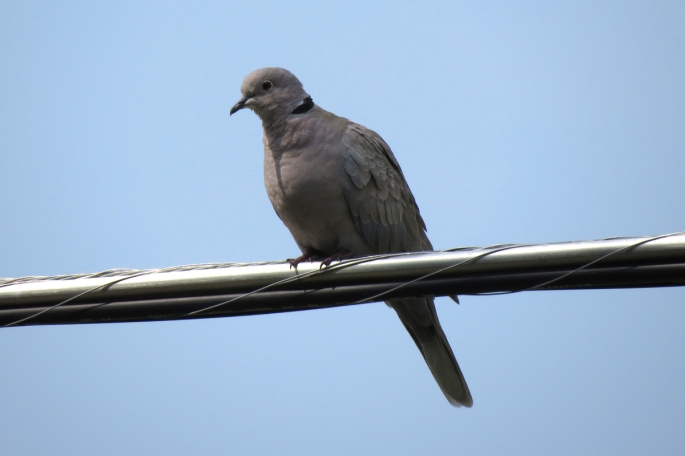




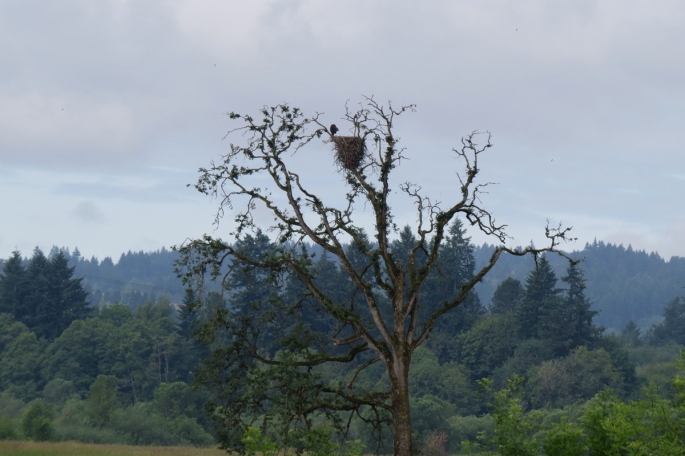
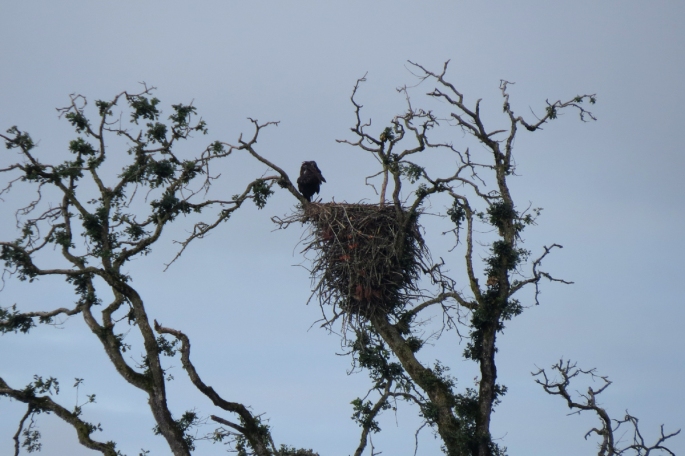


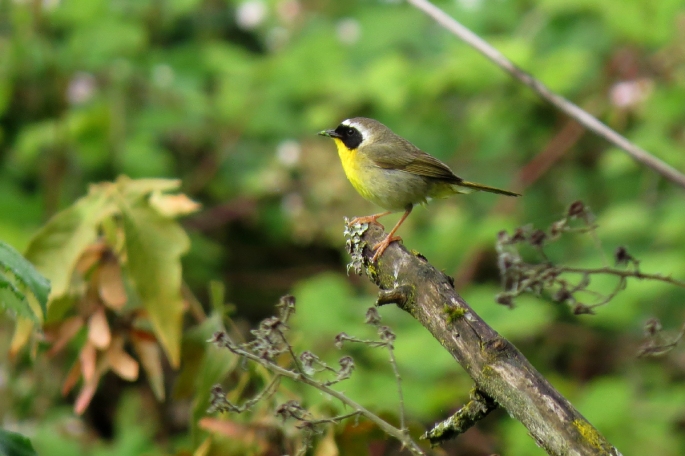

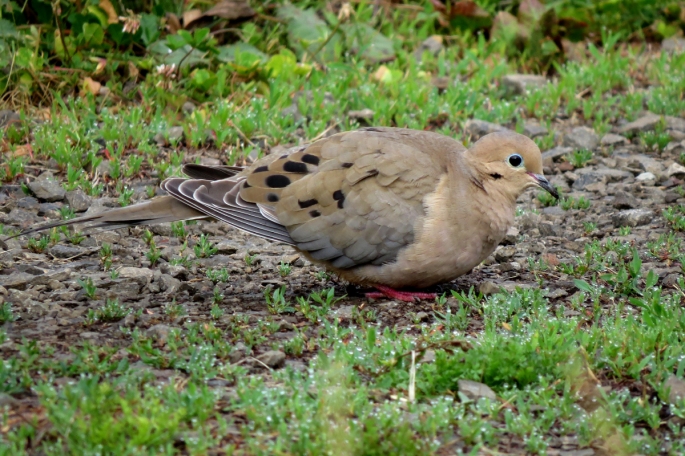
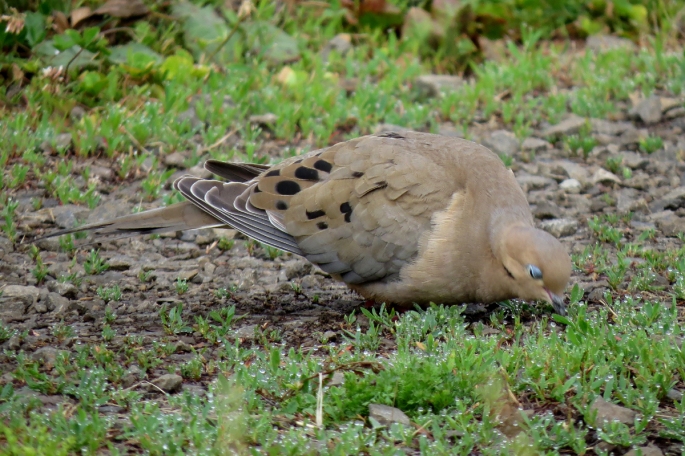 I think the blue eye shadow makes her look a little trashy.
I think the blue eye shadow makes her look a little trashy.
